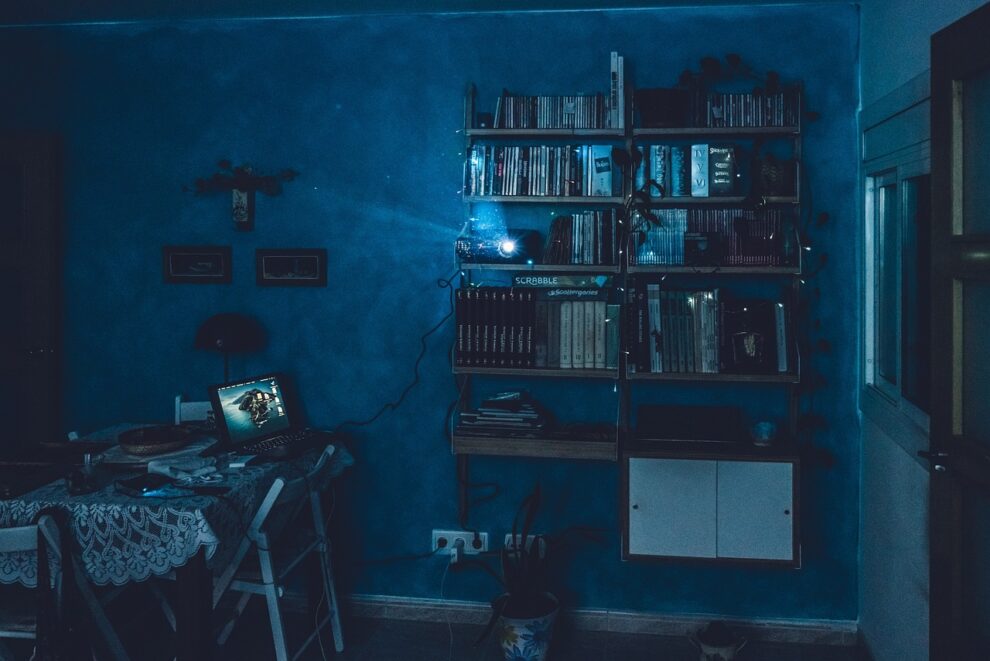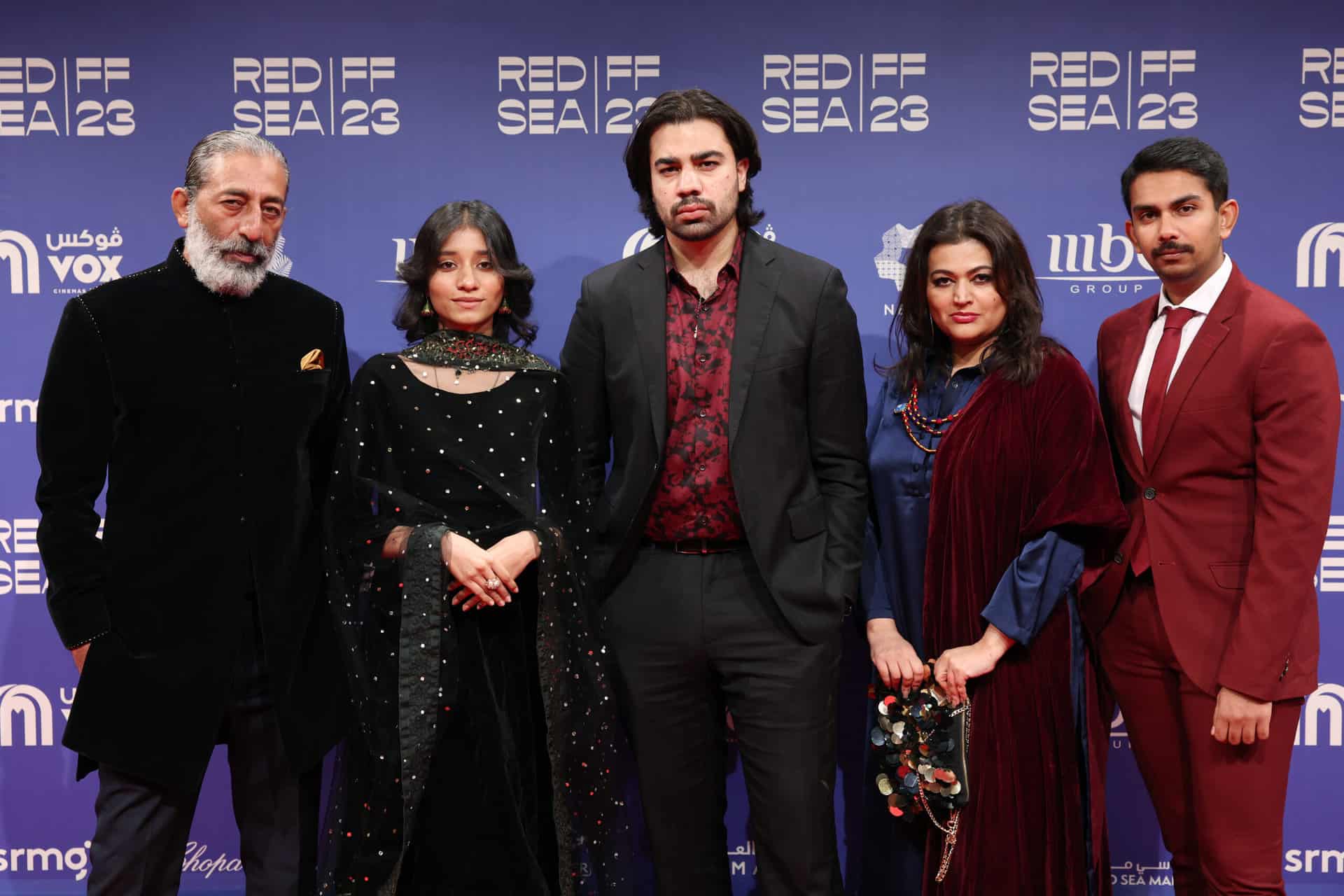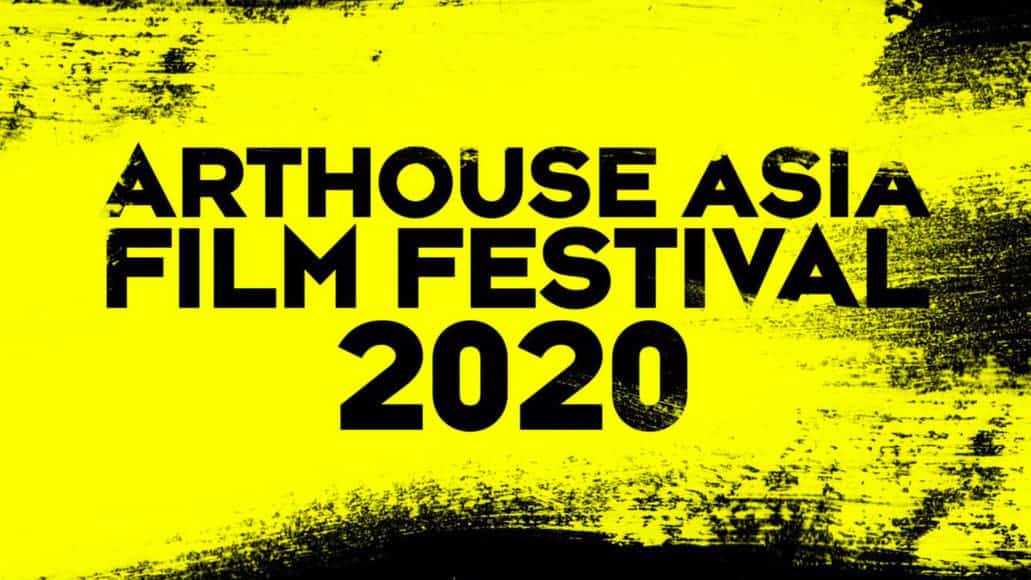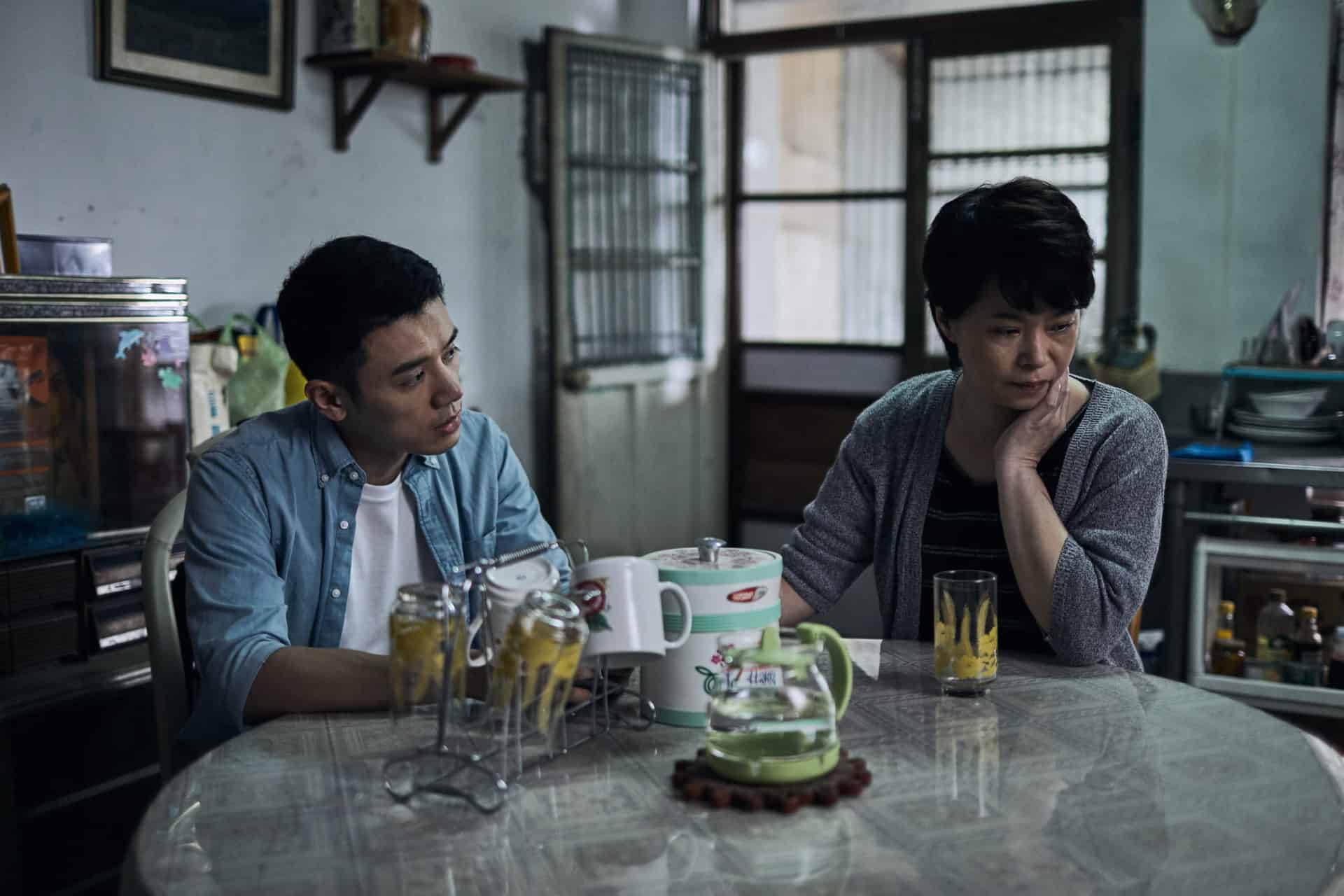Welcome to the enchanting world of Asian cinema, where the magic of storytelling transcends time and culture. In this blog post, we embark on a captivating journey through the seven wonders of Asian cinema, exploring the rich tapestry of films that have captivated audiences worldwide. From the hauntingly beautiful landscapes of Akira Kurosawa’s Japan to the vibrant energy of Korea, we will delve into the diverse cinematic traditions that have shaped the cultural fabric of Asia. Prepare to be transported as we uncover the hidden gems, the iconic masterpieces, and the untold stories that have left an indelible mark on the global film industry.
7 Wonders Of Asian Cinema That Takes You Through Time And Culture
Flashbacks
As the camera pans across the lush landscape of an Asian country, the viewer is immediately transported to a different time and culture. The vibrant colors, intricate costumes, and unique architecture all work together to set the scene, but flashbacks truly take the audience on a journey. Through these glimpses into the past, we can gain a deeper understanding of the characters and their motivations.
Flashbacks can provide context for pivotal moments in the story or simply allow us to see a character in a new light. Asian cinema has mastered using flashbacks to move the story forward and provide a rich and multifaceted viewing experience. With each return to the past, we can see how the present has been shaped and influenced by the history that came before it.
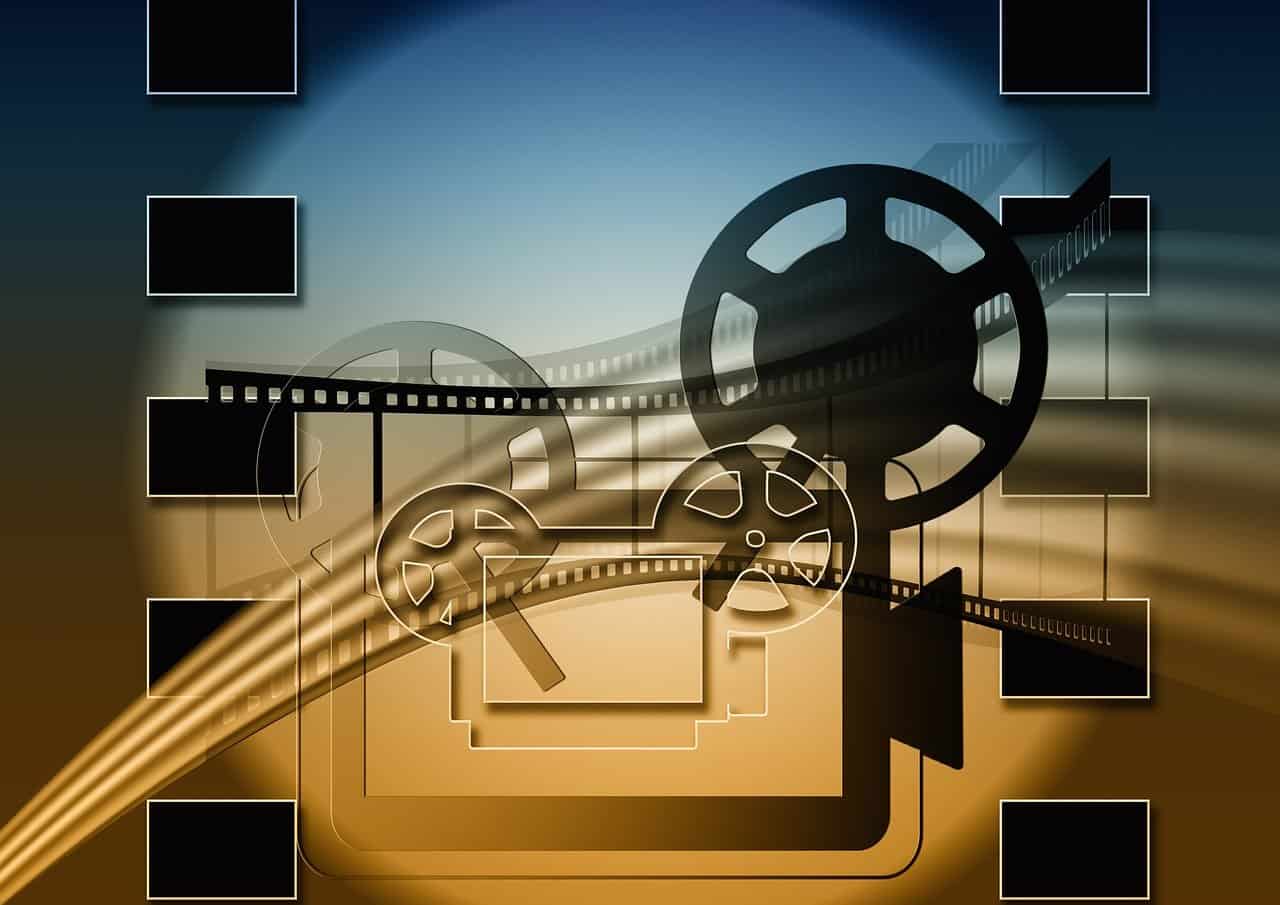
Non-linear narrative
In Asian cinema, storytelling often takes on a unique and captivating form known as non-linear narrative. This technique involves presenting the plot in a non-chronological order, jumping back and forth through time and space to provide a multi-dimensional understanding of the story. It can be a striking departure from traditional Western narratives, which tend to follow a more linear and predictable path.
The non-linear narrative can be both puzzling and enlightening for viewers, as it challenges them to piece together the events and relationships non-linearly. By weaving together different moments in time and space, Asian films that utilize this technique can offer an immersive and culturally rich viewing experience.
Time jumps
Asian cinema has always been known for its unique storytelling, and time jumps are one technique that adds to the charm of its storytelling. Time jumps help the audience to travel through time and culture in a single film. With this technique, the audience experiences the past, present, and sometimes even the future of the characters and their surroundings. By using the time jumps, the filmmakers can showcase the transformation of a society or a place over time and bring out the characters’ emotions subtly.
This technique adds more depth to the story and makes the audience ponder various aspects of the narrative. The use of time jumps in Asian cinema is a testament to its filmmakers’ creativity and abilities to produce movies that transport the audience to a different realm altogether.
Montage
One of the most captivating techniques Asian cinema uses to transport its audience through diverse cultural and historical eras is the careful use of Montage. A cinematic tool that seamlessly blends different scenes, moments, and emotions into a single unified narrative,
Montage creates an immersive and vivid experience that connects viewers to the story’s essence. By relying on montage, filmmakers can unobtrusively show a development or backstory without overtly elaborating on it.
This allows audiences to explore various aspects of the movie’s backdrop and history. Often employed alongside traditional linear narratives, Montage enhances the viewer’s experience and offers a seamless glimpse into the mythical past or otherworldly stories, leading to a more profound understanding of Asian cinema’s dynamic storytelling.
Reenactments
Asian cinema is known for transporting audiences through time and culture. One technique that contributes to this experience is the use of reenactments. Through these recreations of past events or customs, viewers can better understand historical and cultural contexts. They allow for a deeper immersion into the world being portrayed on screen and help bridge knowledge or understanding gaps.
Reenactments can also serve as a visual means of storytelling, demonstrating how various traditions or practices have evolved. From ancient folklore to modern-day society, the use of reenactments in Asian cinema creates a multi-layered viewing experience that is both educational and entertaining.
Symbolism
One of the standout features of Asian cinema is its ability to transport viewers through time and culture. Using striking visual techniques, filmmakers can create a sense of historical and cultural context that draws audiences in and immerses them in the story.
One such technique is symbolism, which can be seen in everything from the choice of color palette to the intricacy of costume design. Symbolism allows filmmakers to convey complex themes and ideas without resorting to heavy-handed exposition, instead relying on the audience’s visual literacy to understand and appreciate the subtext.
As you watch films, watch for the subtle use of symbols and imagery to better understand the story. And when you’re ready to unwind after a long day of movie-watching, try a CBD vape pen for a relaxing and refreshing way to enjoy your favorite films.
Parallel storytelling
When watching films from Asian cinema, one may find themselves uniquely transported through different periods and cultures. This technique is achieved through parallel storytelling, which weaves two or more narratives simultaneously. This allows the audience to witness the interconnectedness of different characters and their stories and experience multiple perspectives on the same event.
This technique is especially effective in exploring complex themes and ideas, allowing the filmmakers to delve deep into the intricacies of human relationships and emotions. Whether used to reflect on the past, present, or possible future, parallel storytelling offers a fresh and engaging way to experience cinema.

Bottom Line
The 7 wonders of Asian cinema have taken us on a captivating journey through time and culture. From the rich and poignant stories to the visually striking world of anime, this region has continuously pushed boundaries and captivated audiences worldwide. Through each wonder, we have gained a deeper appreciation for the diversity and complexity of Asia’s film industry and its unique ability to showcase different perspectives and immerse viewers in new experiences. As we conclude this journey, let us not forget to continue exploring and supporting Asian cinema, as it undoubtedly has much to offer regarding cross-cultural exchange and artistic innovation.


